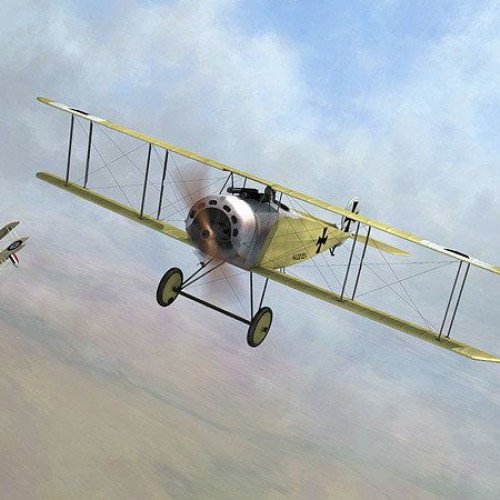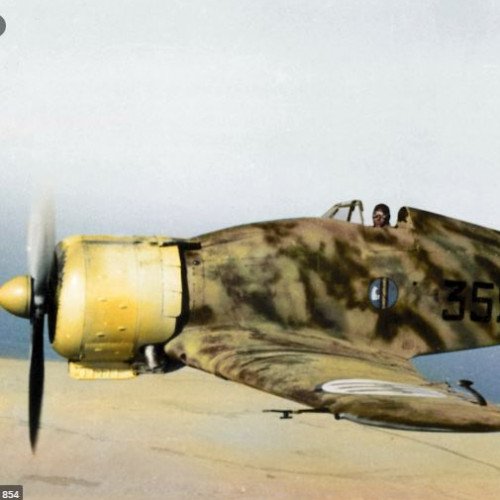Fokker D.III vs Fiat G.50

Fokker D.III
The Fokker D.III (Fokker designation M.19) was a German single-seat fighter aircraft of World War I. It was the last Fokker front-line design to use wing warping for roll control as originally designed, before ailerons had been introduced to Fokker combat designs.
Statistics for this Xoptio

Fiat G.50
The Fiat G.50 Freccia ("Arrow") was a World War II Italian fighter aircraft developed and manufactured by aviation company Fiat. Upon entering service, the type became Italy’s first single-seat, all-metal monoplane that had an enclosed cockpit and retractable undercarriage. On 26 February 1937, the G.50 conducted its maiden flight. During early 1938, the Freccias served in the Regia Aeronautica (the Italian Air Force) and with its expeditionary arm, the Aviazione Legionaria, in Spain, where they proved to be relatively fast and very manoeuvrable in comparison to its adversaries in the theatre.Early in the Second World War, it was determined that the G.50 possessed inadequate armament, comprising a pair of Breda-SAFAT 12.7-mm machine guns. The fighter was extensively used on various fronts by Italy, including in Northern Europe, North Africa, the Balkans, and the Italian mainland. The G.50 commonly came up against the British Hawker Hurricane, which was fast enough to frequently outrun and out-range the Italian opponent. Later models of the fighter had improvements, including a substantial increase in range. The G.50 was exported to several overseas customers, small numbers being flown by the Croatian Air Force while 35 G.50 fighters were shipped to Finland, where they served with distinction during both the Winter War of 1939-1940 and the Continuation War of 1941–1944 against the Soviet Union. In Finnish service, the type reportedly achieved an unprecedented kill/loss ratio of 33/1.